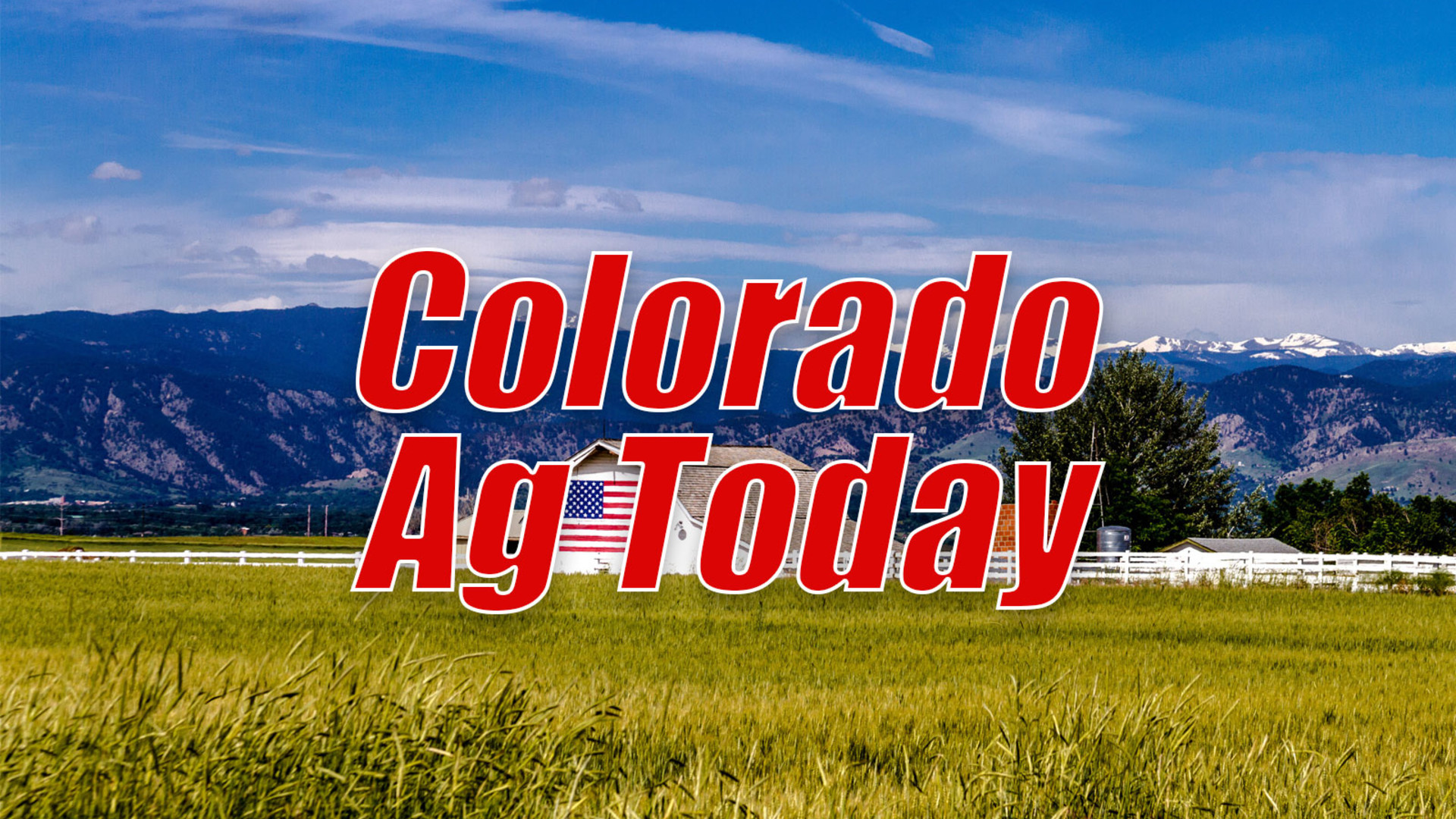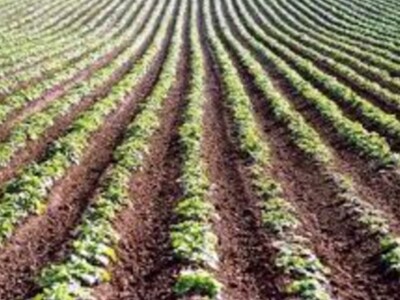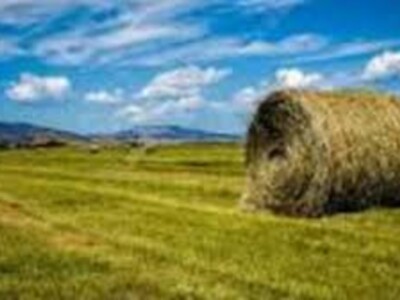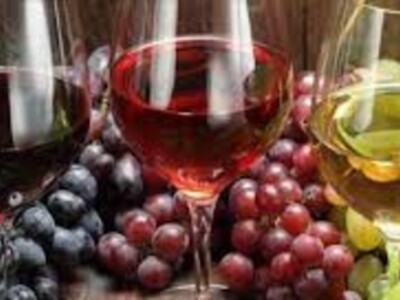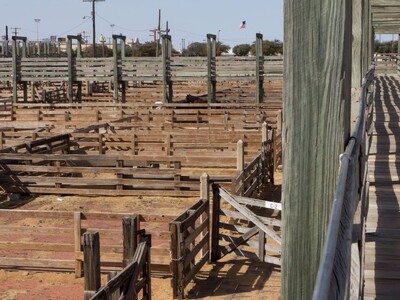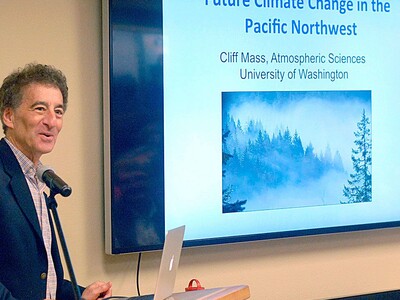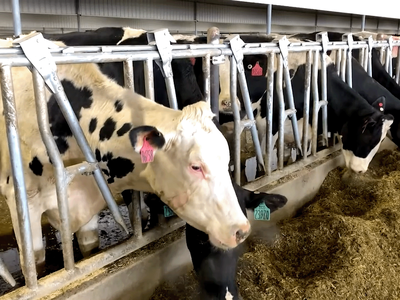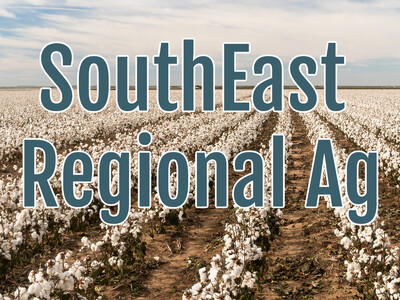Bobwhite Quail
The distinctive call of the Northern Bobwhite Quail is how the bird got its name.
The Bobwhite quail, once plentiful from the eastern US to the midwest, declined by as much as 85-percent between 1966 and 2014 according to the National Audubon Society. Now the mottled brown and gray quail may have a renewed opportunity to regain healthy populations.
USDA has signed an agreement with the National Bobwhite Conservation Initiative to improve habitat for bobwhite quail and other grassland birds.
The agreement promotes native grassland and northern bobwhite habitat restoration and management, and establishes a framework for the conservation group and the USDA to share technical information.
For bobwhites to survive, everything they need must be found within 6-10 inches of the ground, whether it is a clump of bunchgrass to nest in, a patch of ragweed to forage for insects and seeds with broods in, or a patch of brush for escape or loafing cover.
Colorado Parks and Wildlife says Northern bobwhites require areas of thick grass cover for nesting within close proximity to more open areas with bare ground and plenty of food producing forbs to raise their young.
Reduced or or eliminated vegetation disturbance has been linked to the rangewide? decline of northern bobwhite populations. Lack of disturbance on state wildlife areas in Northeast Colorado has caused the vegetation to become uniformly dense and tall.
Some type of disturbance is required to reduce the vegetation and create some of the open space. Grazing represents one of the only options for disturbance at Tamarack State Wildlife Area and other similar areas in northeast Colorado.
Whereas unmanaged continuous grazing has been linked to degradation of bobwhite habitat quality, short-duration intensive grazing holds promise to reduce the vegetation and rejuvenate the habitat to become more attractive to bobwhites.


